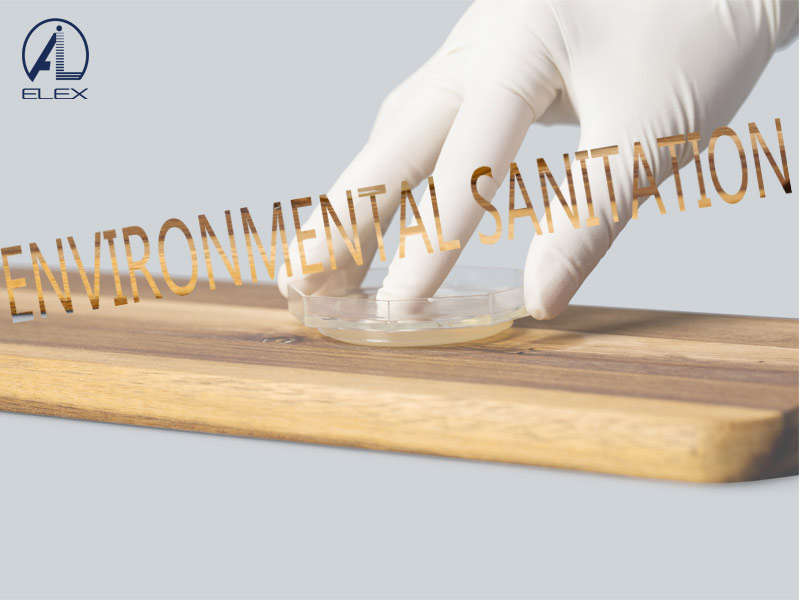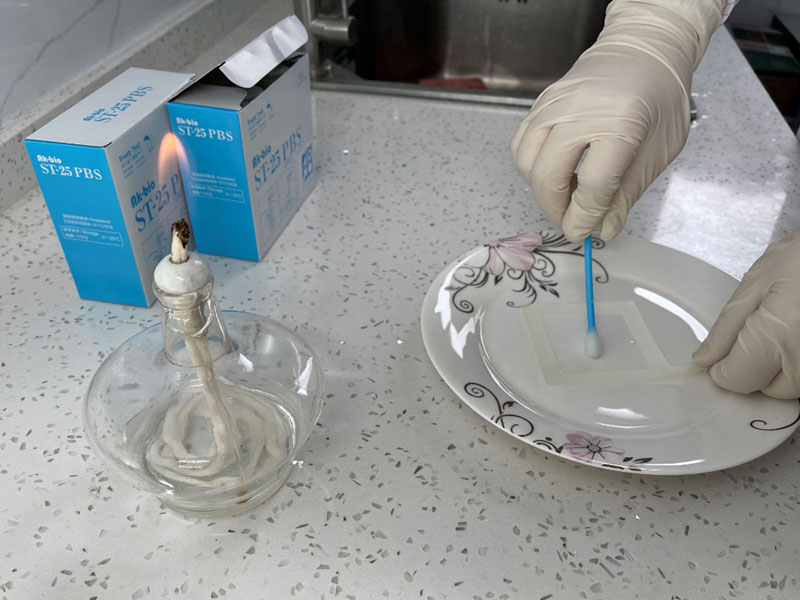1. Specimen: take middle urine, blood, pus, cerebrospinal fluid, etc. for extra-intestinal infections and faeces for diarrhoea.
2. Isolation culture and identification: faecal specimens directly inoculated with selective culture medium. Blood needs to be broth-enriched first, then transferred to blood agar plates. Other specimens can be inoculated with both blood agar plates and enteric bacilli selective culture medium. 18-24 hours incubation at 37°C, observation of colonies in the selective culture medium and smear staining for microscopic examination. A series of biochemical reactions are used for identification. Enteropathogenic enteric bacilli need to be serologically typed first. Enterotoxins should be identified if necessary.
The urinary system should be counted in addition to the identification of enteric bacilli, and is diagnostic only if it contains ≥100,000 bacteria per ml of urine.
Enteric bacilli is constantly being excreted in faeces, contaminating the surrounding environment, water and food. The more enteric bacilli in a sample, the more contaminated the sample is with faeces, and the greater the likelihood of intestinal pathogens being present in the sample. Therefore, hygienic bacteriological examination of drinking water, food and beverages should be carried out.
1. Total number of bacteria: The number of bacteria per ml or gram of sample is calculated by pouring culture. The hygiene standard stipulates that the total number of bacteria per ml of drinking water should not exceed 100.
2. Enteric bacilli index: refers to the number of coliform bacteria per litre, using the lactose fermentation method to detect. The hygiene standard is that not more than 3 coliforms per 1000ml of drinking water, and not more than 5 coliforms per 100ml of bottled soft drinks, fruit juices, etc.
 A Tentative Study on the relevance of HACCP certification and infection control in hospital
A Tentative Study on the relevance of HACCP certification and infection control in hospital
 Environmental Sanitation Microbiology Testing
Environmental Sanitation Microbiology Testing
 Microbiology Test in Food Industry
Microbiology Test in Food Industry
 The Applicability of High-quality Ready-to-use Swab Sampler for Tableware Sampling and Public Places Supplies and Utensils Microorganisms
The Applicability of High-quality Ready-to-use Swab Sampler for Tableware Sampling and Public Places Supplies and Utensils Microorganisms
 Spike Experiment of DNP Culture Media Plate Based on Ice Cream
Spike Experiment of DNP Culture Media Plate Based on Ice Cream

